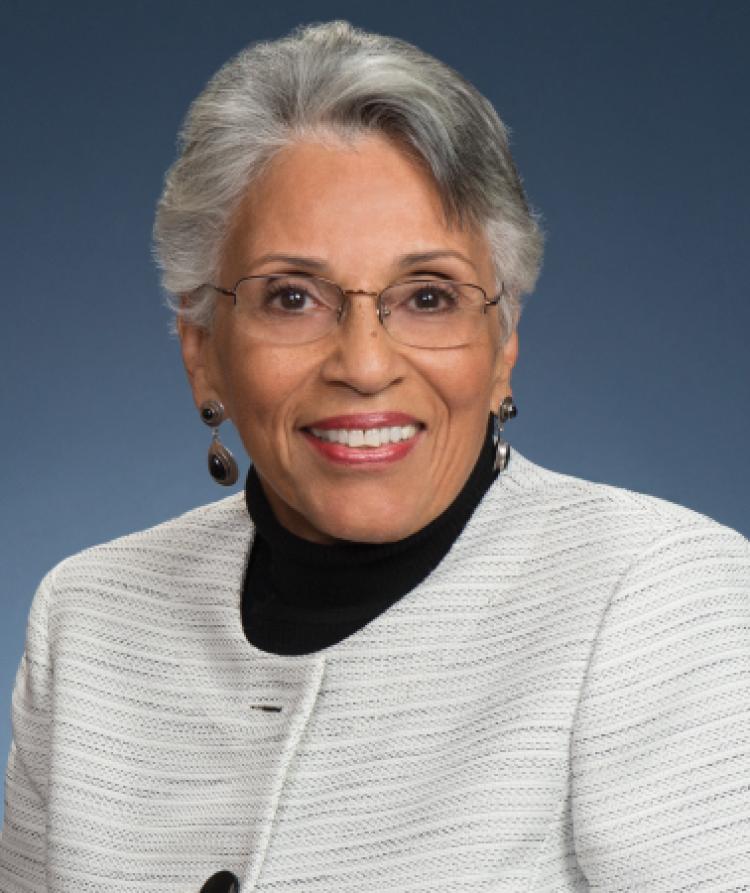An Interview with Assistant Dean Harris

A: Let’s begin with the fact that inclusiveness is not just another name for diversity; nor is it a substitute for diversity efforts. Diversity and Inclusiveness go hand-in-hand. Simply put, diversity is about the numbers, i.e., “how many women, Native American, African American, Latino/a, Asian American, LGBT, persons with disabilities, veterans, etc. do we have?” Inclusiveness is about recognizing and valuing the perspectives, backgrounds, life experiences, and world-views of every person in the organization without regard for race, gender, ethnicity, nationality, disability, sexual orientation, or gender.
I have been working in this area for well over three decades. In the 1980s, when I graduated law school, some in the legal profession who were committed to addressing the paucity of diverse attorneys in their organizations began to focus more time and resources on recruiting and hiring diverse attorneys. At the same time, they were mystified by the fact that their organizations were not retaining those same diverse attorneys. They hired diverse attorneys and, in fewer than three years, they lost them. The recruitment-for-diversity process started up again, over and over. More money was spent; more billable hours were lost; and more frustration ensued. Many firms believed that, before they could focus on their issues of retention, they had to conquer the numbers problem. Therefore, in the early years, it was primarily about counting the numbers of diverse attorneys they had hired. The problem was that their time and resources were focused solely on addressing the consistently low numbers of diverse attorneys in their firms.
The task of increasing the diversity numbers fell almost exclusively to the members of the recruitment committees. Little or no attention was paid to whether the firm culture itself was one that welcomed and supported that diversity. Because of the paucity of diverse attorneys, most hires were at the entry level and they were not involved at most of the other levels of the firm, and certainly not in leadership or highly visible and responsible positions.
One of the missing links in understanding the problem was the belief that diversity was not the problem of the firm as a whole. Someone needed to be concerned about hiring more diverse attorneys; everyone else needed to focus on the real day-to-day business of the organization.
Inclusiveness and the creation of an inclusive culture require the active and actual participation of everyone in the organization without regard for race, gender, ethnicity, nationality, disability, sexual orientation, or gender expression. This is a new paradigm for the legal profession. To become inclusive, an organization must transform its culture and environment. It must identify and address the systemic barriers that encourage the success of some and impede the success of others. This allows each individual to be heard, their value and contributions to be recognized, and their experiences and talents to be utilized in a way that encourages retention, high productivity, pride and the desire to help the organization “be the best.”
Q: Why does inclusiveness matter?
A: Inclusion matters because it affords a positive environment in which everyone in the organization, without regard for race, gender, ethnicity, nationality, disability, sexual orientation, veteran status, religion, financial status, or other differences, can thrive, stretch to reach their potential, be creative, contribute meaningfully in an environment that values the experiences and talents that each individual brings to the table. An inclusive organization is more innovative, productive, robust and competitive. In addition, an inclusive organization benefits everyone. It makes everyone better.
Q: Why does diversity matter?
A: Diversity matters because we are more than our race, ethnicity, gender, sexual orientation, or religion. Any organization that wants to survive and thrive in today’s global economy must recruit, retain and promote top talent and must seek new and innovative ideas and viewpoints from that talent pool. They cannot ignore entire parts of this global society. They must seek diversity in order to facilitate increased innovation and productivity across all employees. Through addressing and promoting diversity within the organization, the organization can remove systemic barriers that not only impede the success of some of its employees, but also diminish the degree of success available to the organization as a whole.
Q: What is your favorite part of your job?
A: I thoroughly enjoy working with the students. They are the future and their interest in learning about the issues of diversity and inclusion in the legal profession and their desire to make a difference keep me inspired and energized.


